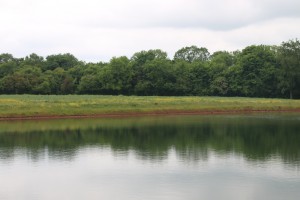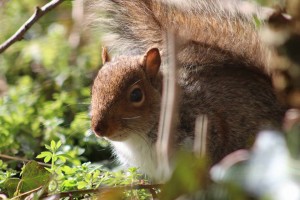Environment
We recognise that concern for the environment and maintenance of the rural landscape is an integral and fundamental part of the company’s business. As a progressive farming business we aim to continually develop our strong sense of environmental responsibility and make provision for the improvement and enhancement of wildlife habits, through adopting an Integrated Farm Management approach. Our focus is on minimizing environmental risks, while conserving, enhancing and recreating that which is of environmental importance.
We aim to manage all aspects of our farming and other business interests with the uppermost regard for the environment; for protecting the environment, for causing no harm to the environment, and for enhancing the environment to the best of our ability.
Recycling and Reuse
As a responsible business we take steps (is so far as is reasonably practical) to avoid the creation of waste. Waste is not only a drain on natural resources but also a cost to our business. We use authorised re-cycling Companies for the disposal of our agricultural plastics and observe correct procedures for the disposal of pesticide containers.
Reservoirs, Ponds and Watercourses
There are number of reservoirs on the farm, all of which have been planted round with indigenous species of trees. the banks of these are grassed over and planted with wild flower mixes to encourage insects and butterflies. Ponds on the farm are monitored and maintained to provide habitat for a number of species and the ponds are stocked with fish where possible. With a mix of permanent and relatively undisturbed vegetation, they can provide important refuges for small mammals such as harvest mice, water vole and ground nesting birds. A well – managed wet ditch can also develop a rich flora of wetland plants.
Water fowl species found on the reservoirs include Swans, Canada geese, Mallard, Widgeon, Teal, Pintails Cormorants, Moorhens and Coots. In 2015 we have also seen Great Crested Grebe nesting on the reservoir.
There are a number of woodland plantations on the farm and they include a good and diverse mix of native species. These provide a variety of flowering and fruiting times, which encourage both birds and good diversity of insects to colonies. Shelter belts are important for insects, which collect along the sheltered side, providing food for birds and bats. shrub species, such as Hawthorn are excellent for insects, birds and mammals.
Every effort is made to preserve existing carbon sinks, maintaining woodland and areas of vegetation, which will naturally absorb carbon dioxides, whilst preserving the ability of the soil to store carbon.
Littywood Farm Ltd takes its responsibilities for wildlife and conservation over all its land very seriously. We ensure that we confirm to all current legislation where applicable, also encourage and maintain the land, and wherever possible we bring in new species of both plants and animals to its countryside.
Bird species recorded, include; Speckled Wood Peckers, Common Blue and Green Veined Butterflies, Kingfishers, Herons, Chiffchaffs, Buzzards and Sparrow Hawks. It also includes common hedgerow birds, such as; Sparrow, Blue Tits, Great Tits, Chaffinchs, Yellow Hammers, Red Start, Field-fares, Thrushes (Song and Mistle), Red Wings, Lapwings, Wood Pigeons, Crows, Rooks and Ravens.
Bat surveys have been completed; identifying  Brown Long Eared Bats, Pipistrelle, Whickered Bat and Noctule species have all been found at the farm. Evidence of Otter footprints have also been found along Whiston/Longnor brook area. badger activity and setts are all monitored and considered when making cultivation. Ditches and watercourses are all maintained with wildlife in mind and hedges are generally kept tall to provide windbreaks and adequate nesting sites.
Brown Long Eared Bats, Pipistrelle, Whickered Bat and Noctule species have all been found at the farm. Evidence of Otter footprints have also been found along Whiston/Longnor brook area. badger activity and setts are all monitored and considered when making cultivation. Ditches and watercourses are all maintained with wildlife in mind and hedges are generally kept tall to provide windbreaks and adequate nesting sites.
Farm to Fork
Children often have busy and complicated lives, sometimes, they need a variety of adults to support them. Have you ever wondered exactly who is out there to do this and what they can provide?
From Farm to Fork is an exciting outdoor learning experience for primary school children. The aim is for primary school children to improve their understanding of where their food comes from and how it is grown. The Farm visits inspire children to get passionate about food, about fresh good quality ingredients and coking with them. For some, it will be the first time they have experienced the countryside and all it has to offer.
”Thank you for letting me go to your farm. I really enjoyed picking strawberries, they were yummy, and the most interesting part was going to the packhouse. It was freezing in the fridge!” Harvey
”I really enjoyed picking strawberries it was interesting. When I got home I made strawberry ice-cream.” Brooke



